Welcome to Taikonautica, your regular dose of the Chinese space industry. If you haven’t subscribed yet, sign up here.
And if you like what you’ve been reading, please forward to your friends!
This week: I’m excited to be back from a holiday hiatus. Because so much has happened in the last few months, I’ve decided to break things up thematically. First we’ll take a look at a couple of the big stories of the last few months, then I’ll cover launches, tests, and investment rounds in separate sections.
One change that you might notice I’ve made is that I’m going to try to provide more Chinese characters in addition to the English names and romanizations of Chinese words. Hopefully that will make it easier for you to do your own research into anything that catches your attention.
Chang'e 5: To the Moon and Back
Chang'e 5 was a remarkably successful and relatively quick 23 day sample return mission to acquire some Moon dirt (sorry, lunar regolith). The success of Chang'e 5 makes China only the third country to ever return samples from the Moon, after the US and the Soviet Union. This is also the first time we’ve brought lunar samples from the Moon since 1976.
The samples brought back are also from a region of the Moon that is thought to be billions of years younger than regions that previous samples were taken from, so scientists should be able to use data from the samples to more accurately determine the age of the Moon.
A quick note on the name: Chang’e is the Chinese goddess of the Moon. The E in Chang’e is pronounced like uh, not like ee. If you know any French, it’s very similar to the French E.
Andrew Jones of SpaceNews tweeted out some great GIFs of the mission in action:
Real footage on the left; CGI on the right:


The return capsule landed in Inner Mongolia on December 16.
Source: Reuters
Although before humans arrived, the return capsule was first discovered by a small animal (there is some debate over whether it’s a fox or a rabbit).

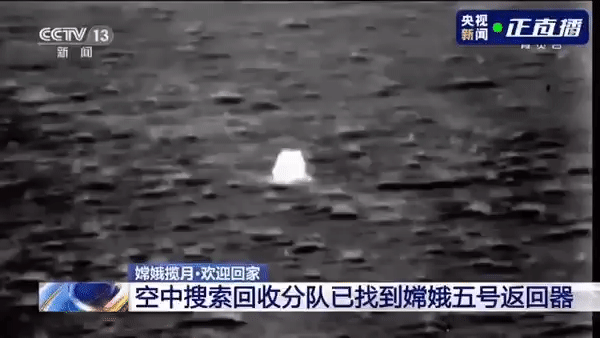
After returning the capsule with lunar samples to Earth, the Chang’e 5 orbiter continued on to an Earth - Sun Lagrange point, presumably L1. Lagrange points are areas of space where gravities of different bodies balance out, making it relatively easy to park a spacecraft there.
Source: NASA
Launch of Galactic Energy’s Ceres 1
On November 7, Galactic Energy became the second Chinese private company after iSpace to successfully launch a payload into orbit.

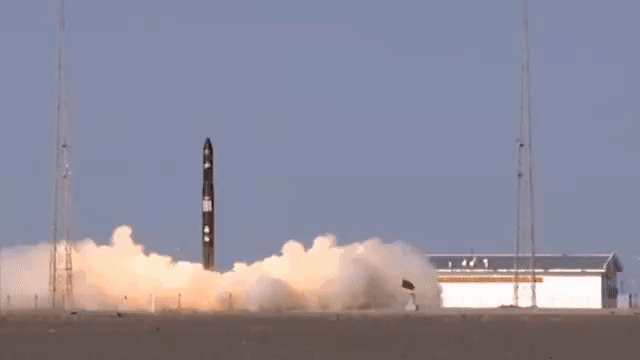

Presumably in reaction to this launch, China’s other private launch companies engaged in a flurry of testing activity in early November, so much so that I had to create a separate section for testing below.
iSpace (星际荣耀) was the first of China’s newspace launch startups to succeed when they launched their rocket Hyperbola 1 (双曲线一号) on July 25, 2019.
Notably, Galactic Energy and iSpace have succeeded where others have (so far) failed:
Galactic Energy is the fourth Chinese private launch company overall to make an orbital launch attempt, all with light-lift solid launchers. Landspace made the first attempt in October 2018, with OneSpace following in March 2019.
Galactic Energy’s rocket is called the Ceres 1 (谷神星一号), which carried the satellite Tianqi 11 into orbit. The Tianqi (天启) constellation, which alarmingly means Apocalypse, is owned by Guodian Gaoke (国电高科) and is meant for IoT applications.
The satellite was designed by Shanghai ASES Spaceflight Technology Co.Ltd. (上海埃依斯航天科技有限公司), which is ultimately a subsidiary of the state-owned aerospace contractor CASC.
Shortly before the successful launch, Galactic Energy announced that it had secured additional funding, which it plans to use to continue to develop its followup to the Ceres 1 — Pallas 1 (智神星一号). Pallas 1 will be a larger rocket, with a liquid propellant, and will be reusable. While Ceres 1 can carry 350 kg to LEO and 230 kg to SSO, Pallas 1 will be able to carry 4 tons to LEO and 2 tons to SSO.
Launches
October 11: A Gaofen 13 satellite was launched on a Long March 3B from Xichang. Gaofen satellites are part of the Chinese government’s China High-resolution Earth Observation System (CHEOS).
October 26: A Long March 2C launched three Yaogan 30 satellites from Xichang. This was the seventh batch of Yaogan 30 satellites which are suspected to be for military use. A secondary payload was Tianqi 6, a technology verification satellite for Guodian Gaoke (国电高科).
November 6: A Long March 6 launched 13 satellites from Taiyuan. The payloads included:
10 satellites for Satellogic, an imagery company from Argentina
Tianyan 5 (UESTC), a remote sensing satellite collaboration between MinoSpace (北京微纳星空科技有限公司) and ADAspace (国星宇航).
Beihang SAT 1, an experimental satellite developed by Spacety for Beihang University, carrying an electric propulsion system from French company ThrustMe
Bayi 3, a satellite by Jinshan Middle School students also equipped with a telescope for asteroid company Origin Space (起源太空)
November 7: Galactic Energy launched its Ceres 1 rocket from Jiuquan, making it the second Chinese private company to reach orbit, after iSpace. The payload was a Tianqi 11 satellite, owned by Beijing Guodian Gaoke Technology Co. Ltd and designed by Shanghai ASES Spaceflight Technology Co. Ltd.
November 12: The second satellite in the Tiantong 1 series was launched on a Long March 3B from Xichang. Tiantong 1 satellites are communication satellites owned by China Satcom, which is an SOE ultimately owned by CASC.
November 23: Moon mission Chang’e 5 took off from Wenchang on a Long March 5.
December 5: The Gaofen 14 satellite was launched from Xichang on a Long March 3B rocket. This launch was notable for being the first use of a version of the Long March 3B wtih a longer fairing.
December 10: A Long March 11 launched from Xichang carrying two satellites to detect gravity waves in a scientific mission called Gravitational Wave High-energy Electromagnetic Counterpart All-sky Monitor (GECAM).
December 21: The first flight of the Long March 8 was successful, launching from Wenchang carrying:
Hisea 1, China’s first commercial synthetic-aperture radar (SAR) satellite developed by Spacety in collaboration with China Electronics Technology Group Corporation (CETC), an SOE. Hisea 1 is equipped with a thrust system designed by French company ThrustMe
A thread on Haisea 1 if you want to read more.
Yuanguang, a science experiment satellite by Specety and the Hubei University of Technology
Zhixing 1A, a nanosat that is a joint venture between Ethiopia and Beijing Zhixing Space Technology Co. Ltd.
Ping’an 1 (Tianqi Xingzuo 08) belonging to Guodian Gaoke for their Internet of Things constellation alarmingly named “Apocalypse”
December 27: The Yaogan 33 satellite was launched by a Long March 4C from Jiuquan in China’s final launch of 2020. The Yaogan series is believed by some to be for military use. A “micro-nano test satellite” was included as a secondary payload.
The main payload was XJY-7, a classified remote sensing technology test satellite developed by the China Academy of Space Technology (CAST).
Tests
November 10: ZYXC (自由星宸) tested its one meter diameter solid rocket.
November 10: Space Transportation (凌空天行) conducted a test of the Lingkong 1 engine for the Tianxing 2 rocket, promising that a flight would be soon (link in Chinese).
approx. November 11: AA Engine (空天引擎) conducted a test of the gas generator of its AY 1A engine.
November 11: iSpace (星际荣耀) conducted a gimbal pivot test of its Jingdong 1 engine which will be on the Hyperbola 2 rocket.
November 13-17: Landspace (蓝箭航天) conducted tests of the second stage engines for its Zhuque 2 rocket.
approx. November 23: Space Pioneer (天兵科技) conducted a test of the landing gear of its Tiansuo 1 rocket.
approx. November 23: iSpace (星际荣耀) conducted a test of the landing gear of its Hyperbola 2 rocket.
approx. November 28: ExPace, subsidiary of state-owned CASIC, tested its Mingfeng 1 methalox rocket engine (link in Chinese)
approx. November 29: iSpace (星际荣耀) conducted wind tunnel tests for its Hyperbola 2 rocket (link in Chinese).
December 28: Ningbo Tianqing Aerospace Technology Co., Ltd. (天擎航天) conducted an ignition test for its SEG-35 all-composite solid rocket motor.
December 30: CASC’s Academy of Aerospace Solid Propulsion Technology (also known as the 4th Academy) carried out tests of a solid rocket motor, 3.2 meters in diameter (link in Chinese).
Investment Rounds
November 3, 2020: Galactic Energy secured CN¥200 million ($29.9 million) in an A round of funding in September 2020. The rocket maker announced the news days before the successful launch of its Ceres-1 rocket, making it the second private company from China, after iSpace, to launch a satellite into orbit.
November 17: Galaxy Space (银河航天) completed a B+ round of fundraising, reportedly bringing its total valuation to almost CN¥8 billion ($1.22 billion).
November 27: Remote sensing satellite company Changguang Satellite (长光卫星技术有限公司), also known as Charming Globe, raised 2.464 billion RMB (375 million USD) in a pre-IPO funding round. Changguang Satellite is a commercial enterprise, but state-owned.
Until next time
My name is Cory Fitz and I write the Taikonautica newsletter. To make you smarter about China’s rapidly evolving space industry, Taikonautica brings you translations of Chinese-language articles, as well as a roundup of links and news.
If you have any questions or comments, feel free to contact me on Twitter at @cory_fitz

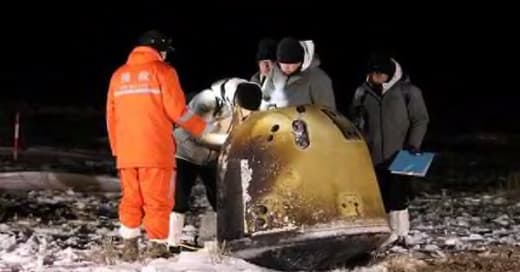


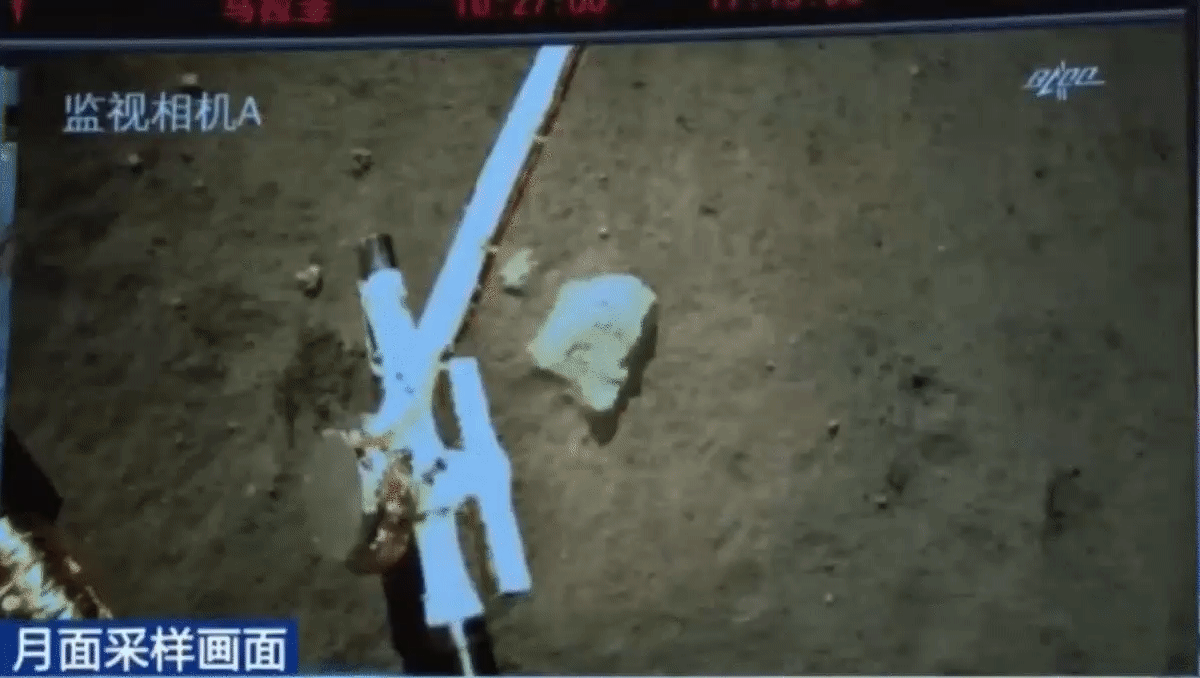
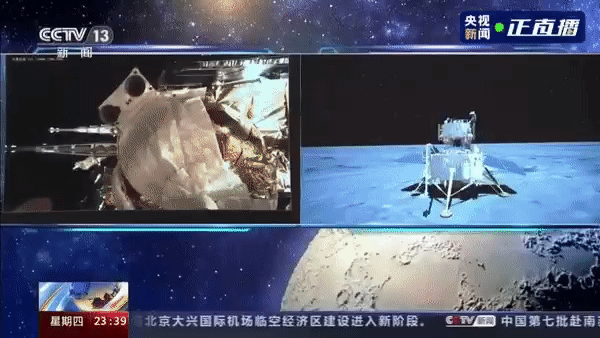


Welcome back, Cory. And many thanks for the detailed status update. Great work!
Best regards from Portugal.
Welcome back!